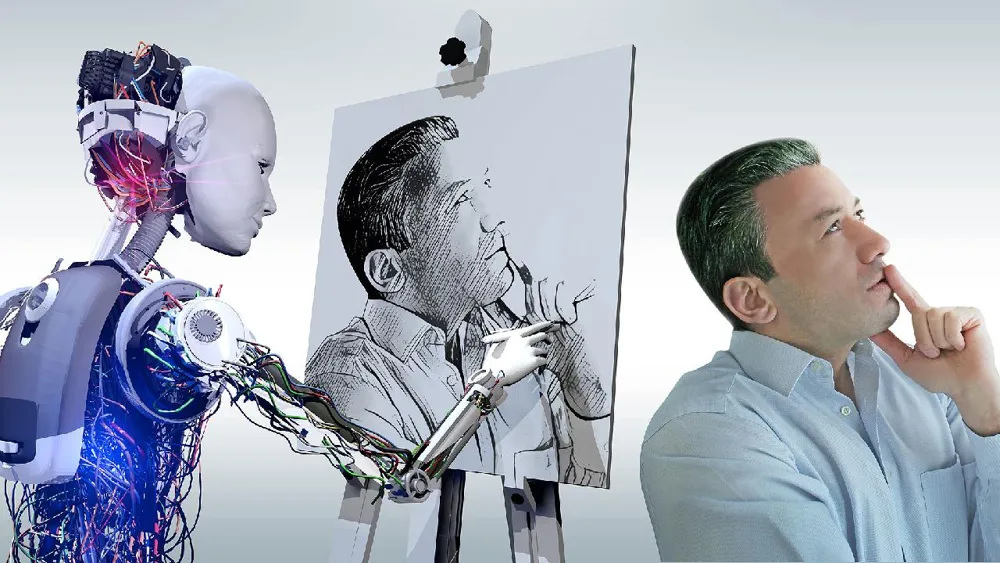AI Videos Showcase China's Drive for Technological Self-Reliance

AI-generated videos are increasingly showcasing China's ambition toward technological self-reliance, underscoring both government support and the remarkable growth of domestic AI tools. With the rapid advancement in artificial intelligence technology, China is positioning itself as a formidable player in the global tech landscape.
One recent example sparking considerable attention on Chinese social media is a viral AI-generated video featuring a fictional wedding scenario between U.S. presidential candidates Donald Trump and Kamala Harris. Although such events did not occur in reality, the imaginative depiction of the two sharing a kiss captured the public's interest before the content was removed due to a lack of proper AI generation labels.
The phenomenon follows closely on the heels of OpenAI's announcement of Sora, its high-quality text-to-video service, which has sparked a wave of AI-generated fan art videos across various Chinese platforms. Despite their creators lacking access to Sora, many local developers have begun uploading engaging and imaginative AI videos that depict whimsical and impossible scenarios.
These videos include playful portrayals such as ancient figures enjoying modern hamburgers or cinematic enemies sharing an embrace, illustrating the creativity being utilized within current AI technology. Notably, many of these video productions leverage locally developed AI tools.
Prominent Chinese generative AI services include the Kling model from the Kwai video platform, Jimeng (formerly Dreamina) from TikTok, and Vidu, which benefits from Tsinghua University’s involvement. Each of these innovative platforms has demonstrated the ability to create everything from basic animations to elaborate cinematic sequences purely informed by user inputs.
The growth trajectory of generative AI tools in China is remarkable. Between January and November of 2024, the number of generative AI models sanctioned by the government surged from under 50 to over 300, reflecting a burgeoning sector ripe with innovation.
This rapid advancement can be attributed to a robust combination of government initiatives, an expanding tech ecosystem, and a deepening talent pool in AI. In recent years, the Chinese government has prioritized policies designed to stimulate innovation, establishing research centers and increasing funding for AI initiatives.
However, the AI landscape represents only a segment of China's comprehensive drive towards technological independence. The nation has also seen substantial progress in areas such as 5G technology, quantum computing, and supercomputing, illustrating a holistic strategy that reinforces technological advancement across multiple domains.
Chinese authorities emphasize that technological innovation is vital for the country's long-term prosperity and national security, aiming to position China as a global leader in high-tech industries. This momentum not only enhances China's self-sufficiency but also showcases the capacity of its homegrown technologies in an increasingly competitive global arena.
Read These Next

China Sees Rise in HMPV Infections Not a New Virus
China sees rising human metapneumovirus (HMPV) infections, raising health concerns, especially for children and the elderly.

China's Jiaolong Submersible Achieves New Deep-Sea Mission Records
China's Jiaolong submersible sets new deep-sea records after upgrades, enhancing efficiency and reliability in 10 dives.

Huajiang Canyon Bridge: An Engineering Marvel
Commentary on the significance and engineering achievements of the Huajiang Canyon Bridge, highlighting its impact on transportation and infrastructure testing.
